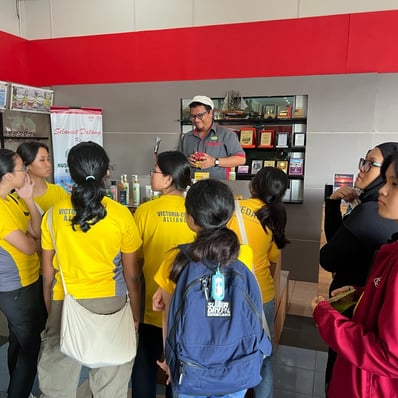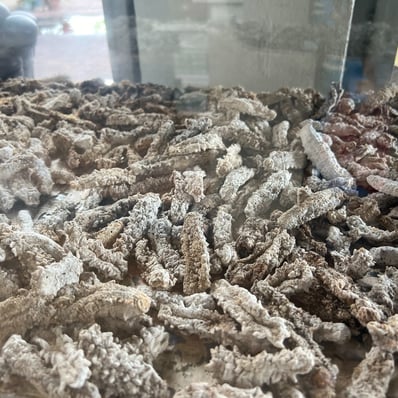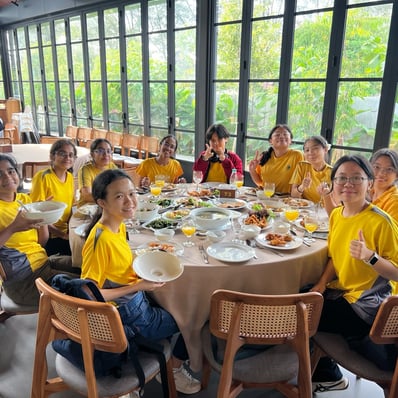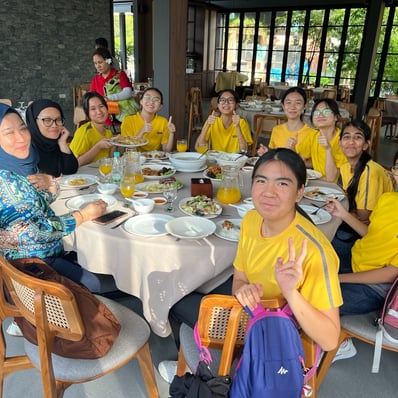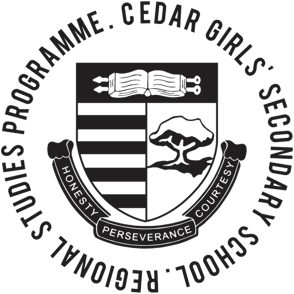Day 2 - Langkawi
Visiting Al-Hana Mosque and Thean Hou Temple to learn more about how the faiths intersect with the community and also a visit to Mahsuri's Tomb and Cultural Centre to indulge in her story through theatre and the museum.
2024 LANGKAWI
11/6/20247 min read
Masjid Al-Hana
Today was a wonderful day. We made our way to the bus and started our journey to Masjid Al-Hana.It was the first time for many of us to visit a mosque, and we had to dress modestly, so we wore shawls over our heads and wore our jackets to cover up our arms. This was such an interesting and fun experience because I'd never thought that we’d see our friends wearing makeshift hijabs or even try on one ourselves!
It felt odd as we had to pair it with our jackets, and the sun was beating down on us relentlessly and it was really hot. It was uncomfortable and it really gave us a deeper understanding on what our muslim friends experience in their day to day lives. Personally, I think this experience has given us a little more respect for our muslim friends as going out in the hot sun wearing fully covered clothing is not easy.
We learned a lot of fun facts by listening to the explanations about the mosque, their customs and what they do daily, such as the masjid was erected in 1959 and features moorish-style architecture. The mosque follows conventional mosque design - a glided main dome surrounded by several smaller domes which is eye-catching and helps people to easily identify it as a mosque.
Many of the designs in the masjid have influence from Uzbekistan because the designers are the same as the ones who worked on the Galeria Perdana, a museum showcasing the diplomacy gifts from other countries to Malaysia, during Malaysia's PM Mahathir's reign as the third prime minister. The design are usually geometrical and symmetrical. This is because Islam norms forbid the use of animal images or living things as decoration.
The presenter also shared with us that the dome shape helps to distribute the sound throughout the masjid without the need of speakers. On the other hand, modernised masjids have speakers which can help broadcast the adhan, the call for prayer, which announces the five daily prayer times. Muslims have to pray five times a day, each at different timings during the day. The men are encouraged to pray in congregation in the mosque while the women pray at home.
Afterwards, we had a scrumdiddlyumptious meal prepared by one of the ustaz and the meal was composed of really fragrant rice with spices in it which was really flavourful. There were also cucumbers, ikan bilis, hard boiled eggs and chilli. We learnt that it is their culture to give us something to eat as it is respectful. It was also polite for us to eat it.
From their interesting presentation, we learnt that the masjid runs the mosque independently and gets their funds from donations, which they repay back to society by helping out the less fortunate (those whose incomes are less than RM1000) by giving out free food, such as rice, flour, sugar, etc, and also visit the hospital once a year. Hearing about this was heart-warming as we could learn that the mosque is helping out the less fortunate.
The masjids in Langkawi have a similar concept to the Community Centres we have in Singapore. The idea of the mosque being in a central location so as to be a place for members of the community to interact and hold engaging activities there ties back to the concept of a community centre and is more than just a place for prayers. It is very meaningful for the mosque to help the community.
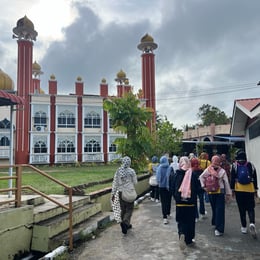
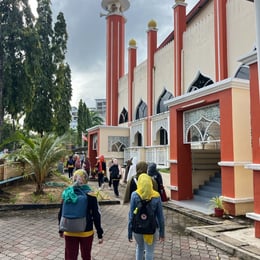
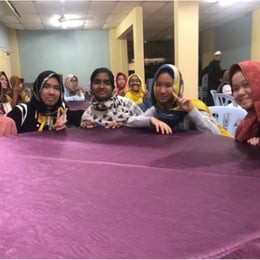
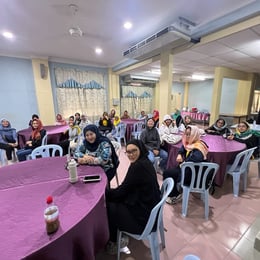
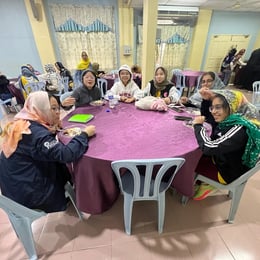
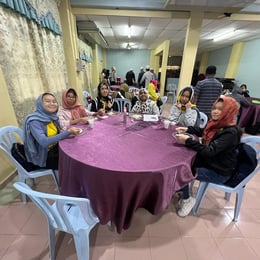
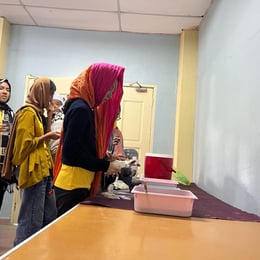
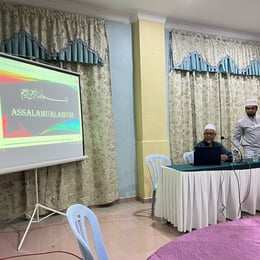
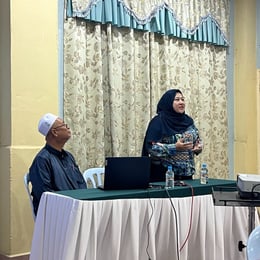
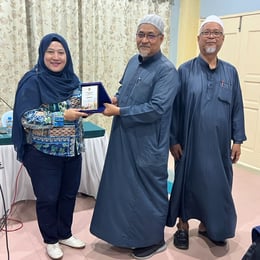
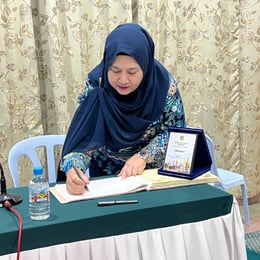

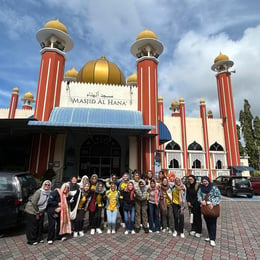

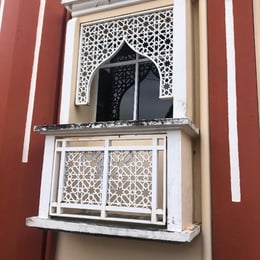
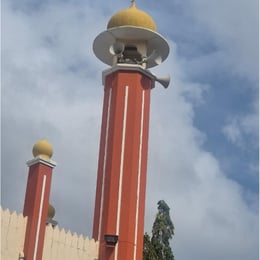
Langkawi D-2 PM Thean Hou Temple
Further immersing ourselves into Langkawi’s diverse world of culture and religion, our next destination was Thean Hou Temple of the taoist religion. The temple was not just a place of worship but also a gallery of many works of art. Its architectural structure as well as uniquely intricate designs were astonishingly beautiful. It was fascinating to learn that it took 2 years for a family of 10 to hand paint the ceiling and the walls with many different colours and intricate designs. There were paintings with many people and detailed backgrounds each with symbolic meaning and a different story. The red and gold colours in the temple symbolises prosperity and good fortune. Overall giving us a deeper understanding of the process and hard work put into building the temple. The temple is made with the help of donations. They also provide some cushions for the elderly to kneel on top of in case their knees are bad.
The inside of the temple contains 4 pillars each representing the different dialects like Hokkien, Teochew, Hainanese and Cantonese which shows the inclusivity of the taoist religion. Not just for one dialect, but for all, conveying the message that however diverse or however many dialects there are is not a concern in taoist faith and instead, we should work together as one to support each other to achieve greater heights.
We also learnt the specific ritual on how to tell our fortune or ask for advice. To tell our fortune, we would have to pray and throw the Jiao Bei, a red two piece crescent moon set, to ask the deity, Ma Zhu, if we could proceed. If the Jiao Bei’s land in the position of one up and one down, it signifies that the deity has answered yes to your question. If both lands flat side up, it means that the deity is very content with what you are doing and do not have to pick a fortune. However, if both land curve side up, it signifies no, and the deity does not advise you to proceed with whatever you’re doing.
After receiving permission, go ahead and grab your fortune!
We also learnt about the rituals we need to follow when entering and leaving the temple. For instance, when entering the temple, we need to use our left foot to step in using the right door. We must also step over the threshold because if we step on it, it means that we are stepping on our ancestors’ heads. When leaving the temple, we need to use our right foot to step out using the left door. We learnt that the middle door is for the ancestors to use and thus we should not be using it, in order to respect and follow the rituals.
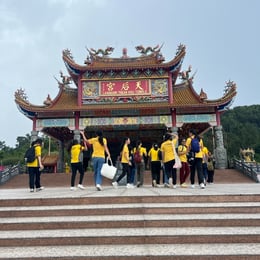
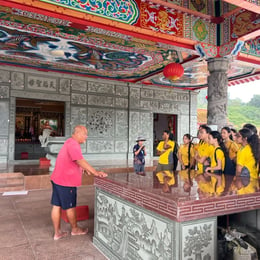
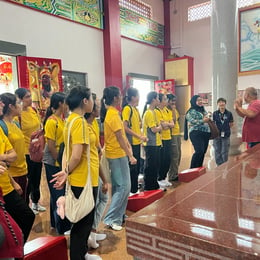
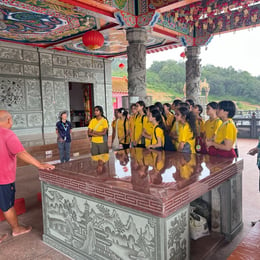
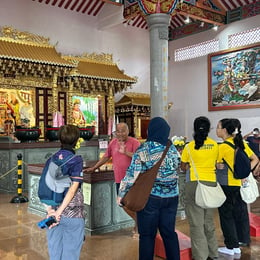

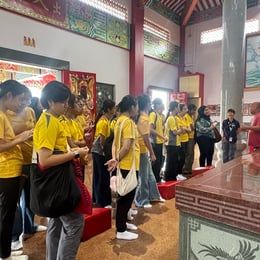
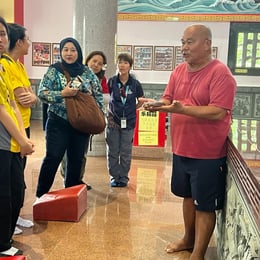
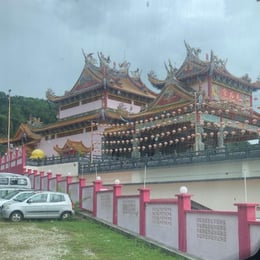
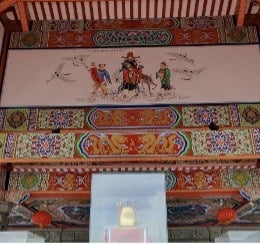
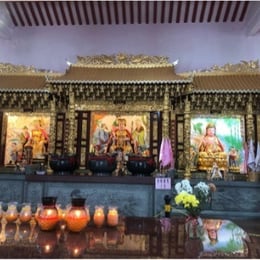
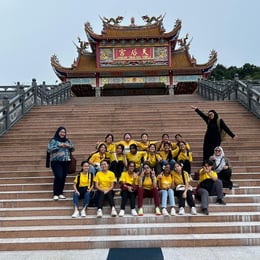
Mahsuri Tomb and Cultural Centre Langkawi’s infamous folklore
After the warm welcome of Kota Mahsuri, inclusive of a musical performance with various cultural drums and a wind instrument, we made our way excitedly into the venue where a play based on the story of Mahsuri ensued.
Legend of Mahsuri: Mahsuri was a beautiful woman with many men chasing after her. She was married to a warrior, Wan Darus. He had gone to fight in a war and during his absence, Mahsuri encountered a man in desperate need of assistance and offered him a helping hand. Due to her kindness, rumours surfaced that the man and her were linked as some villagers had seen the two together. She was later accused of adultery and her husband had found out. He sought to kill her, punishing her for being unfaithful. To prove her innocence, she prayed to God for her blood to be white as she was impaled by the dagger and for the island to be cursed for 7 generations, should her innocence be proven. Prosperity only fell upon Langkawi after 7 gruelling generations, true to Mahsuri’s wishes - with the introduction of Langkawi being a duty-free zone in 1967, 2 years after the birth of the 7th generation in her family.
Continuing our journey concerning Langkawi’s infamous folklore, we went on to observe the ancient relics in Mahsuri museum as well as visit Mahsuri’s tomb and the original plot of land where her dwelling resided. We had the opportunity to see the weapons used to kill Mahsuri, and met the director of the play who was kind enough to impart additional knowledge on Mahsuri's story onto us. We got to know that Mahsuri was actually immortal and was tied to a tree for weeks without food and water. Knowing that she would die eventually and wanting to end her suffering, she told her brother-in-law, who is the older brother of Wan Darus and the village headman Dato Pekerma Jaya that the only weapon that could kill her - a ceremonial keris passed down as a family heirloom. After her curse on Langkawi, the island only experienced prosperity after approximately 200 years.
Through the performance, we learnt the whole story of the mahsuri princess and what she went through because of her mother in law’s jealousy. It was a new experience as we do not hear many folklores in our everyday lives in Singapore and we also learnt that jealousy can lead to consequences that affect the lives of innocent people.
The splendid performers made the story extremely immersive. After the play, we visited the tomb of mahsuri where the director of the performance told us a more detailed version of the story. It was interesting to hear that mahsuri bled white and that she could only be killed by the special dagger that was her family heirloom as it is abnormal in real life context. This opportunity allowed us to think further about the beliefs of the people in langkawi and also the folklores told to us, making us want to hear more of the folklores of langkawi.
We also got to experience using a well to get water which was new and unique. Most of us had never seen and used a real well, making it an eye opening experience. We learnt that the water from the well gives benefits such as clearing eczema and washing our hands.
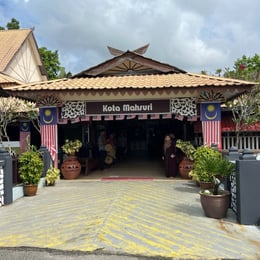
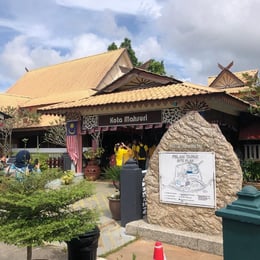
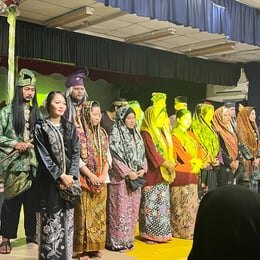
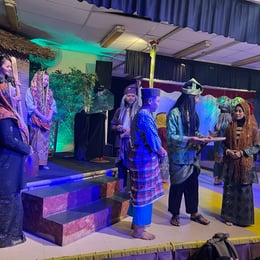
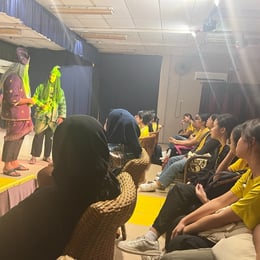
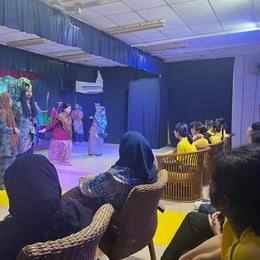
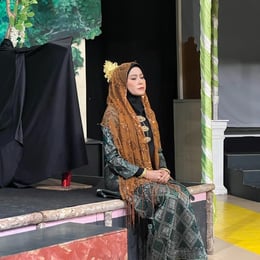
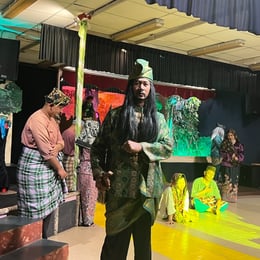
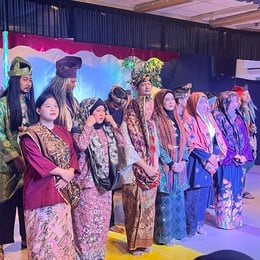
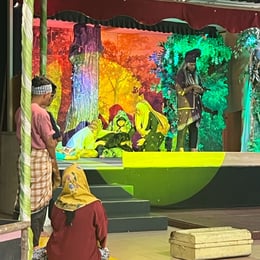
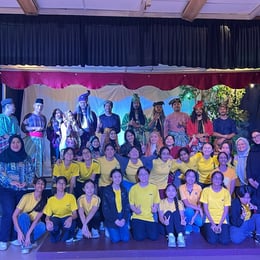
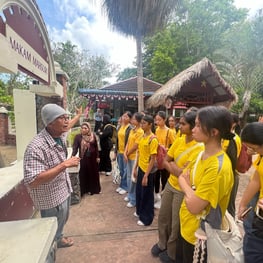
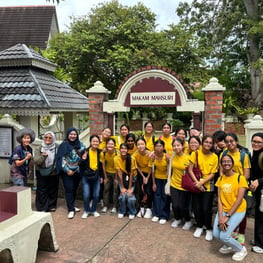
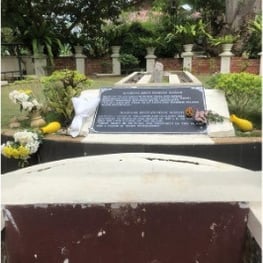
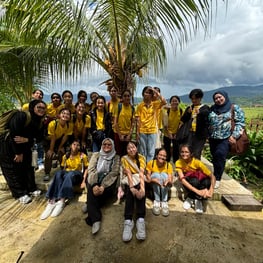

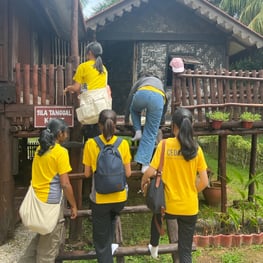
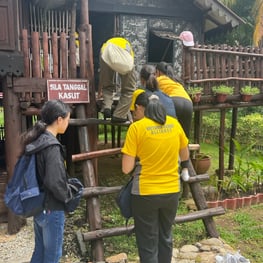
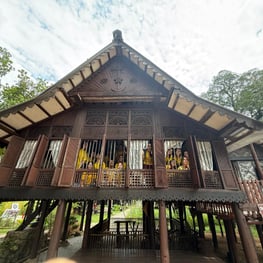
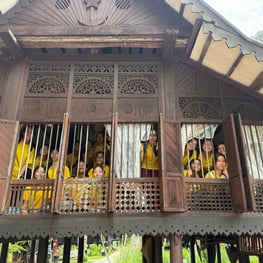

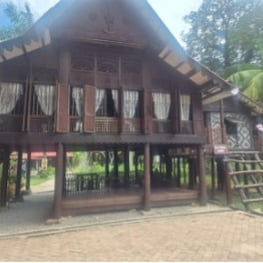
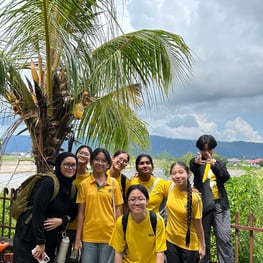
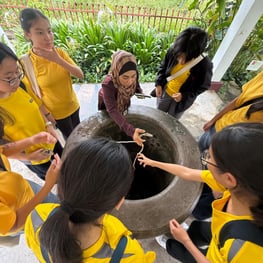
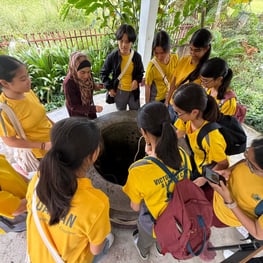
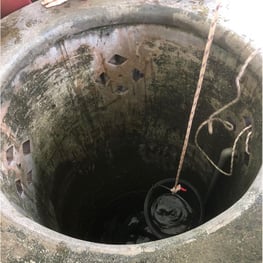
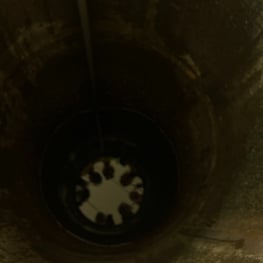
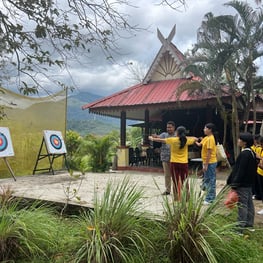
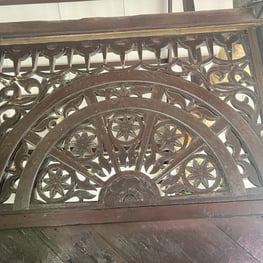
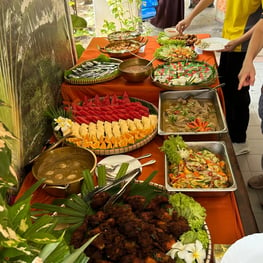
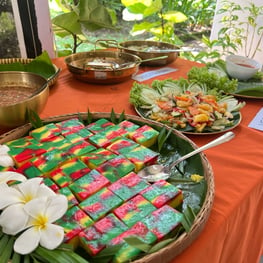
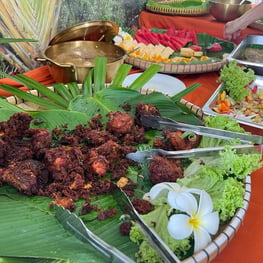
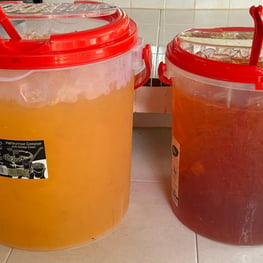
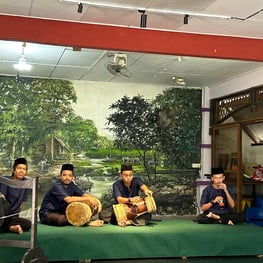
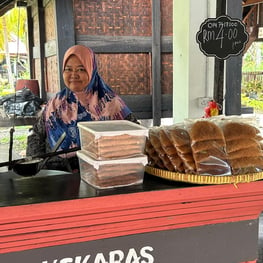
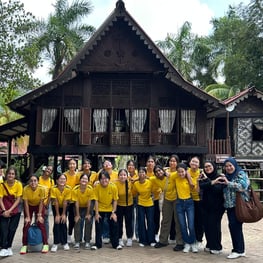
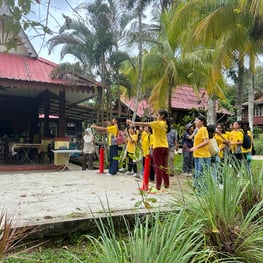
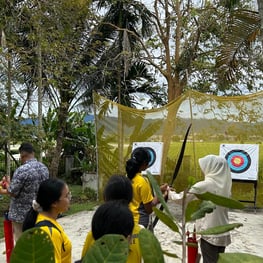
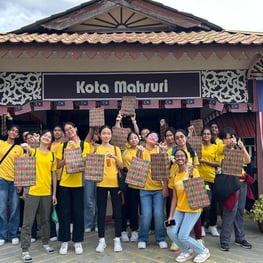
The lunch at the mahsuri tomb centre was unique as the rice was multi coloured, making it look enticing and special. We also learnt that lemongrass is a popular spice used in dishes like fried chicken, enhancing its flavour.
While there, we tried kekaras and peneram which are made from simple ingredients like wheat flour, corn flour and sugar/gula melaka. It was yummy! Some of us bought it back - not sure if it will last back to Singapore as a souvenir for our families!
After that, on the way to dinner we found out about that anchovies in Langkawi are packed differently and are known to be fresher than those found elsewhere! At the same time, we visited the Nusantara Gamat shop to find out more about how sea cucumbers are being used and packaged to help in the healing of bites, wounds, acne and also used in massage.
In conclusion, we had gained a deeper understanding of religious and cultural sites, as well as Langkawi’s unique folklore which we would not have experienced if not for the opportunity given to us as RSP scholars and students.
Written by:
Emma and EnTing (Masjid Al-Hana)
Emma, EnTing, Ariel and Yuki (Thean Hou Temple)
Ariel and Yuki (Mahsuri Tomb and Cultural Centre)
